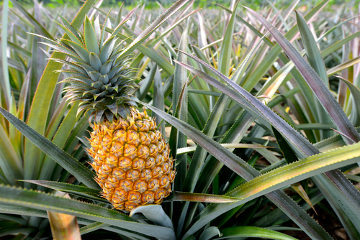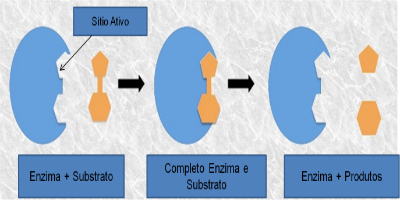Organisms have several important characteristics that aid in their classification. One of these characteristics is the way each living being manages to obtain the biomolecules necessary for the functioning of its body. According to this criterion, living beings can be considered autotrophic (from the greek autos = "of himself" and trophs = "feeder") or heterotrophic (from the greek straight = "other" and trophs = “feeder”).
You autotrophic organisms, or autotrophs, can be defined as beings that are capable of synthesizing their own food, that is, they are capable of using inorganic material to synthesize organic material. Among the organisms that have autotrophic nutrition, we can mention the vegetable, algae, cyanobacteria and some species of bacteria and protists.
The production of organic matter takes place through two processes, photosynthesis and chemosynthesis, the first being the best known. In photosynthesis, autotrophic organisms use light energy to produce chemical energy and fix carbon into organic compounds. In chemosynthesis, energy is obtained thanks to the oxidation of chemical substances.
You heterotrophic organisms, or heterotrophs, in turn, are unable to produce their own food, depending on the consumption of previously formed organic material. Among the examples of heterotrophic organisms, we can mention the animals, fungi and some species of bacteria and protists.
Do not stop now... There's more after the advertising ;)

Plants are autotrophic organisms, that is, capable of producing their food.
Analyzing the food chain, it is possible to see that autotrophic organisms are always found at the base; therefore, they are called producers. Heterotrophic organisms, in turn, constitute the other trophic levels, that is, they can be consumers or decomposers.
Consumers are classified according to their level. Heterotrophic organisms that feed on autotrophs are called primary consumers. Those that feed on the primaries are called secondaries and so on.
Finally, we have decomposers, which feed on the remains of living beings, releasing mineral salts and other nutrients into the environment. This process is carried out by fungi and bacteria and is extremely important for the nutrient cycling process.
By Ma. Vanessa dos Santos
Would you like to reference this text in a school or academic work? Look:
SANTOS, Vanessa Sardinha dos. "Autotrophic and heterotrophic organisms"; Brazil School. Available in: https://brasilescola.uol.com.br/biologia/organismos-autotroficos-heterotroficos.htm. Accessed on July 27, 2021.


